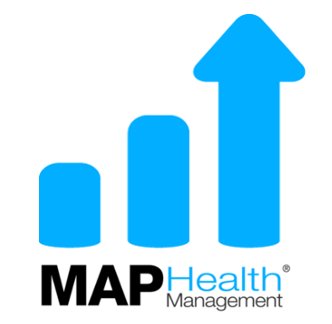Fact or Fiction? Addiction is a Chronic Disease
November 16, 2016 Jacob Levenson
Fact or Fiction? Addiction Is a Chronic Disease
Published in The Huffington Post, November 16, 2016. View the Article Here
 Imagine for a minute that every person in Texas was struggling with addiction. Imagine almost 27.5 million men, women and children suffering from a dependence on drugs or alcohol. If that’s a staggering thought, here’s another one: 26.7 million Americans over the age of 12 have a substance abuse disorder, according to 2015 data from SAMHSA[1]. Meanwhile, only 12.3 million received treatment for their condition [2].
Imagine for a minute that every person in Texas was struggling with addiction. Imagine almost 27.5 million men, women and children suffering from a dependence on drugs or alcohol. If that’s a staggering thought, here’s another one: 26.7 million Americans over the age of 12 have a substance abuse disorder, according to 2015 data from SAMHSA[1]. Meanwhile, only 12.3 million received treatment for their condition [2].
With so many lives at stake, it’s important for all of us to know the facts about addiction and how we can help the people in our own lives living with substance abuse disorder.
1. Addiction is a chronic disease of the brain, not a character flaw.
The National Institute on Drug Abuse calls addiction “a disease that affects both the brain and behavior.”[3] Like many chronic diseases, roughly half of a person’s risk for addiction comes from his or her genetic makeup, giving rise to the saying that addiction, like hair and eye color, runs in the family. And like other chronic disease risks that can be inherited like cancer or diabetes, the risk of addiction is also affected by a person’s environment and social determinants of health, like stress, abuse, and exposure to drugs. While genes and environmental factors can result in addiction, personal choices, including early drug use, can impact decision-making, self-control and judgment. No individual gene or factor can confirm that someone will experience addiction. Yet.
2. The opioid epidemic is a $55 billion crisis that affects all of us.
An unprecedented and calamitous epidemic of opioid abuse is ravaging the nation, killing 30,000 adults and amounting to $55 billion in health and social costs every year [4]. In 2014, more people died of opioid overdoses than any year on record [5]. Even people who have yet to be affected by addiction are likely to feel its impact in the future. As the United States prepares for a new president and a new Congress, we should expect to hear more about the opioid epidemic, the lives it has claimed, and its collective toll on our society.
3. Technology and data are transforming addiction treatment – and improving outcomes.
The good news is that addiction treatment is changing, making it more likely than ever that those who enter substance abuse treatment can achieve recovery. Technology and resources not previously available are now being applied to improve recovery outcomes. Budgets have been written and resources allocated to focus on treating this disease, not punishing those who suffer from it. Data shows that long-term recovery is possible, and its success is more likely when providers continue care after initial treatment ends. Innovations in telehealth, software platforms, and data-driven technology will provide future generations the opportunity for treatment and support instead of incarceration.
4. Addiction may not be curable, but it is treatable.
Addiction is a disease. But like many chronic conditions, it is also preventable, manageable, and treatable. Long-term recovery really is achievable – especially when people with substance abuse disorder are provided extended treatment following discharge from an in-patient program. It’s time for people at risk of addiction – and all Americans – to know and manage their risk factors and to use technology and data to chart their recovery.
As science helps to uncover answers to the $55 billion question of how to combat the opioid epidemic and the crisis of addiction, there is something all Americans can do to help. Let’s ensure our nation’s policies and our own personal beliefs are guided by facts – not fear. The lives of nearly 27 million Americans depend on it.
Sources:
- Results from the 2015 National Survey on Drug Use and Health: Detailed Tables - Table 5.1A US Substance Abuse and Mental Health Services Administration, 9/8/2016
- Results from the 2015 National Survey on Drug Use and Health: Detailed Tables – Table 5.14A
- Drugs, Brains, and Behavior: The Science of Addiction. Dr. Nora Volkow, National Institute on Drug Abuse. July 2014
- The Opioid Epidemic: By The Numbers US Department of Health and Human Services, June 2016
- Opioid Addiction: 2016 Facts and Figures American Society of Addiction Medicine








